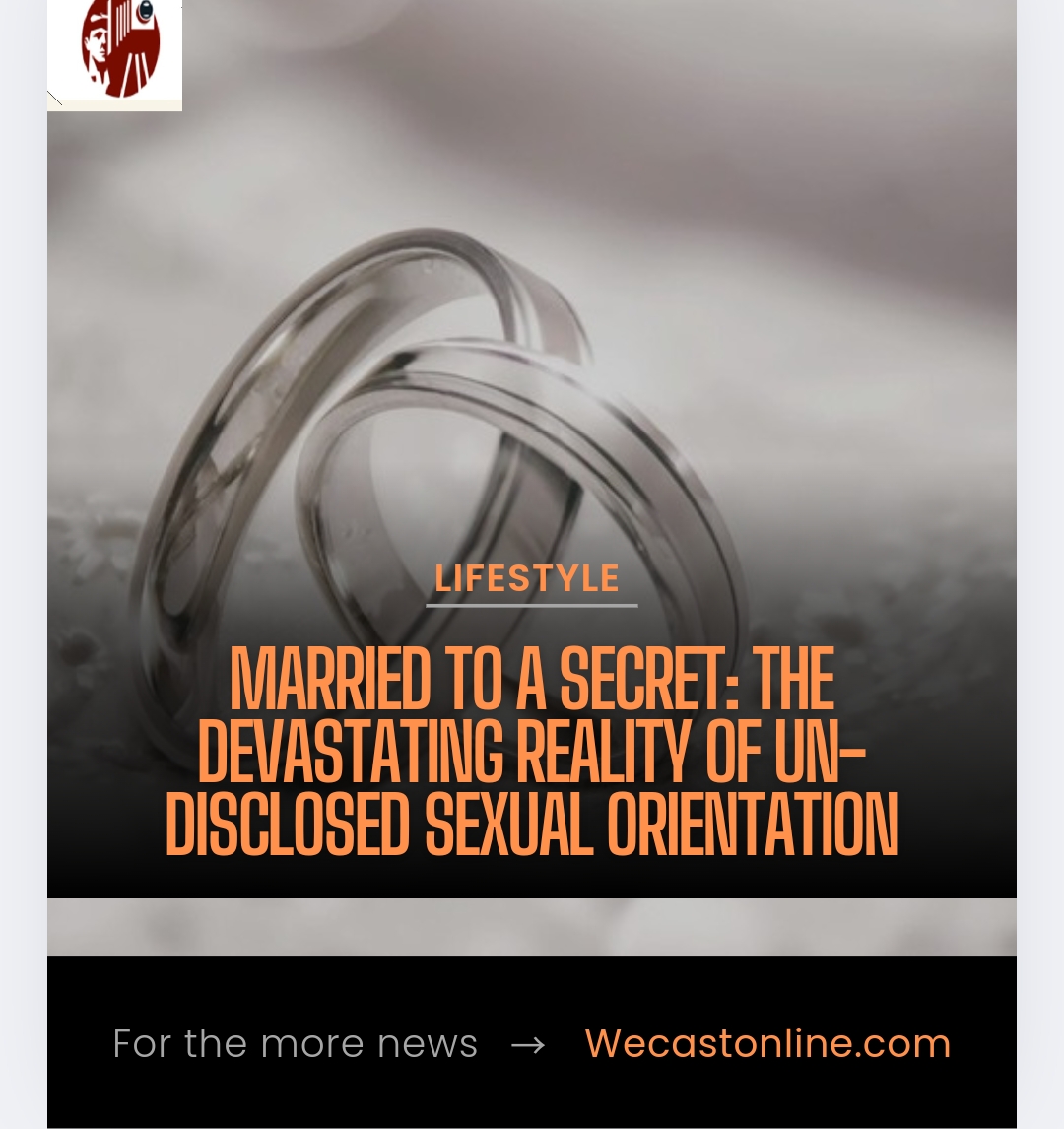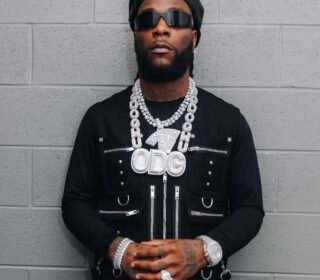When two people vow to share a life together, they often expect honesty and transparency. However, for some, a hidden aspect of identity can cast a shadow over that union, leaving their partner in a complex and painful situation. When one partner hides their true sexual orientation, it can lead to profound personal and relational consequences that ripple far beyond the initial secrecy.
The Hidden Struggle
Some individuals who struggle with understanding or accepting their sexual orientation may initially enter into a heterosexual marriage, either out of societal expectations, family pressures, or even self-denial. For them, marriage might feel like a pathway to achieving “normalcy.” But over time, this hidden aspect of their identity can become increasingly difficult to suppress. Living a closeted life often means enduring internalized shame, mental distress, and a persistent sense of dissonance between who they are and who they pretend to be.
Impact on the Unaware Spouse
For the partner who is unaware of their spouse’s true sexual orientation, the revelation can be devastating. Many may feel deceived, grappling with feelings of betrayal, inadequacy, and confusion. They may question the authenticity of the relationship, feeling as though their entire marriage has been built on a lie. This emotional impact can be severe, leading to mental health challenges, diminished self-worth, and an overwhelming sense of loss.
Children and Family Dynamics
When there are children involved, the stakes become even higher. Family dynamics can be deeply affected as children might struggle to understand the complexities of their parents’ separation if it occurs. Co-parenting can be challenging if one partner feels resentment or betrayal. Moreover, the fear of societal judgment can weigh heavily on both partners, often amplifying feelings of guilt and shame.
The Process of Disclosure
Deciding to come out and disclose one’s sexual orientation to a spouse is a deeply personal journey. Some may choose to reveal their truth early on, while others may wait years or even decades. The timing of disclosure is often influenced by factors like the strength of the relationship, the level of societal acceptance, and the fear of losing family stability. However, delayed disclosure often means compounded hurt and unresolved issues that complicate the process of healing and moving forward.
Steps Toward Healing
1. Therapy and Counseling: Therapy can be essential for both partners. Individual counseling allows each person to process their unique experiences, while couples therapy can provide a safe space to work through complex feelings together.
2. Open and Honest Communication: For both individuals to find peace and closure, clear and empathetic communication is crucial. Each partner needs the chance to express their feelings, fears, and hopes for the future.
3. Building a Support System: Friends, family, or support groups can be a valuable source of strength and understanding. Connecting with others who have faced similar challenges may help both partners feel less isolated and more hopeful about the future.
4. Prioritizing the Children’s Well-being: When children are involved, it’s important to ensure they feel loved and supported by both parents. Co-parenting strategies focused on the children’s needs, rather than the pain of the relationship, can ease the transition.
Moving Forward
Healing from a marriage built on an undisclosed truth is a journey that requires patience, self-reflection, and resilience. For some, this experience can lead to personal growth and a better understanding of themselves and their needs. For others, it may take years to work through the emotions and find acceptance. Both partners deserve to live authentically and in relationships that reflect their true selves.
A Compassionate Approach
It’s important to approach these situations with compassion for everyone involved. Understanding the societal, familial, and psychological pressures that lead some to hide their sexual orientation is key to creating a world where fewer people feel the need to live inauthentically. By fostering an environment of acceptance, we can hopefully reduce the instances of hidden identities and help individuals embrace their true selves from the start.


















